Variable Frequency Drives - Everything You Need to Know About VFDs
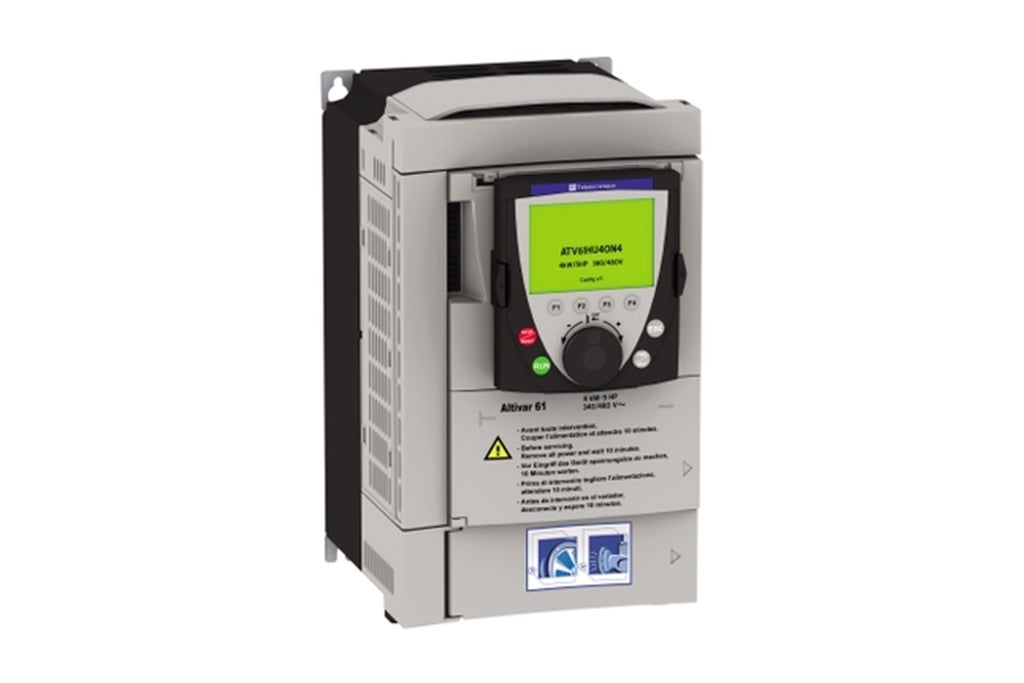
The use of motors and controlling devices is nothing new. Engineering and technology have come a long way, and there have been some amazing new inventions that have made our work easier and smoother.
One such innovation that has benefitted humankind is the VFD. A variable frequency drive or a VFD is a device that effectively combats the limitations of AC powers.
Alternate current or AC motors operate based on the incoming power and the number of poles inside the machine. This means anytime you need to alter the speed of the motor, you have to either adjust the incoming power or switch the number of poles inside the engine, both of which are not workable solutions. Transistor systems are available, but they are pretty complex to operate. And this is where a VFD is applicable, which lets you immediately and effectively change the motor settings.
What is the Basic Principle of VFD?
The basic principle of a Variable Frequency Drive (VFD) revolves around the concept of changing the frequency and voltage supplied to an electric motor to control its speed and torque. VFDs are commonly used in industrial applications to efficiently regulate motor-driven systems.
The core principle of a VFD involves converting incoming AC power into DC power using a rectifier.
VFDs employ sophisticated control algorithms and feedback mechanisms to maintain motor speed and torque at the desired levels. These algorithms monitor parameters such as motor load, speed, and input commands to ensure optimal performance and energy efficiency.
The fundamental principle of a VFD lies in its ability to manipulate the frequency and voltage of the supplied power to precisely control motor speed and torque, providing flexibility, efficiency, and improved performance in various industrial applications.
How does VFD change the frequency?
The use of VFD is to change the frequency of the power to an AC motor when the input supply remains constant. But how does it do that?
The primary function of VFD is to adjust the AC power according to the motor requirement. It works by taking in the AC power and then converting it to DC power with the help of a rectifier. VFD further filters the DC power by passing it through a DC bus. This power passes through an inverter converting into DC pulses that functions like AC power. Since DC power is easier to adjust and control, VFD changes the AC to DC, giving you more control over the current input into the motor you are using.
What is carrier frequency in VFD?
When buying a VFD, you will come across a term – carrier frequency. Let us discuss and find out what this term means.
The frequency at which the VFD output transistors are switched is called the carrier frequency. Also known as changing frequency, the carrier frequency of VFDs typically ranges from 4khz to 16khz. To explain it more simply, the rate at which the DC bus voltage is switched on and off by Insulated Gate Bipolar Transistors (IGBT) during pulse width modulation (PWM) is known as the carrier or switching frequency.
How to select VFD drive for motor
When it comes to finding the best VFD for your motor, a lot needs to be considered. You cannot just buy any VFD available in the market. Since if the VFD is not compatible with your motor, it will not work as well. The kind of VFD you need would primarily depend on the application and the system of the engine you will be using it with.
Do note that VFDs can be used for multiple purposes. Primarily utilized for controlling the speed of AC motors in devices like fans and pumps, VFDs, when sized correctly, can also come in handy as a phase converter when using multiple-phase engines running on a single-phase power supply. Hence to select the suitable VFD for your motor, you need first to consider the use and the type of load being applied to the engine. The other things you need to look at before buying a VFD are:
- Static speed accuracy
- Requirements for starting torque
- Type of controlled objects
- Speed regulation range
To understand the above requirements when getting a VFD for your motor, it would be best if you could get as much information as possible on the engine you will be using the VFD for. The data you can collect from the motor nameplate is as follows:
- Total load amps (FLA)
- Horsepower
- Service factor
- Voltage
- RPM
Once you know these things, you can choose the suitable VFD that will enhance the workings of your motor.
What is the difference between a VSD and a VFD?
When looking for VFDs, you might have come across another similar term, VSD. While the names might seem similar, don’t confuse between the two. While VFD stands for variable frequency drive, VSD is the short form for variable speed drive.
There are many differences between the two devices – VFDs and VSDs. However, the main difference between the two is how they function. VFDs help control the speed of an AC motor by converting the AC power supply to DC and allowing you to adjust the frequency of the AC power to the motor. Whereas VSDs aid in varying the speed of a DC motor by letting you alter the input voltage to the engine.
What Is the Main Advantage Of Using A VFD?
Energy Efficiency: VFDs enable efficient motor operation by adjusting the frequency and voltage according to the required load. By matching the motor speed to the actual needs of the system, VFDs minimize energy wastage, leading to substantial energy savings. This enhanced energy efficiency contributes to reduced operational costs and a smaller environmental footprint.
Soft Starting and Reduced Mechanical Stress: VFDs facilitate soft starting, gradually ramping up the motor speed instead of applying sudden jolts. This gentle starting mechanism reduces mechanical stress on the motor and connected equipment, resulting in improved reliability and extended lifespan. It also eliminates issues such as motor inrush current, which can cause voltage sags and disruptions in the electrical system.
Precise Process Control: With the ability to adjust motor speed in real time, VFDs offer precise control over process parameters such as flow rate, pressure, and temperature. This level of control allows for enhanced process optimization, improved product quality, and increased productivity.
Flexible Operation and Speed Range: VFDs provide the flexibility to operate motors at various speeds within a wide range, enabling compatibility with different applications and load demands. This adaptability makes VFDs suitable for systems requiring variable speeds, such as conveyors, pumps, fans, and compressors.
Reduced Maintenance and Downtime: By ensuring smoother motor operation and eliminating sudden starts and stops, VFDs minimize wear and tear on the motor and associated equipment. This leads to reduced maintenance requirements, decreased downtime, and increased overall system reliability.
Read Also: What Are Variable Speed Drives? The Ultimate Guide
The function of VFD Maintenance
VFD maintenance, or Variable Frequency Drive maintenance, plays a pivotal role in ensuring the optimal performance and longevity of these advanced electrical control devices. With their ability to regulate the speed of electric motors, VFDs are extensively employed in a range of industrial applications, from manufacturing to HVAC systems. Timely and comprehensive maintenance of VFDs is essential to prevent unforeseen breakdowns, reduce operational downtime, and optimize energy efficiency.
The maintenance process encompasses several critical tasks. First and foremost, regular inspections are conducted to identify any visible signs of wear, loose connections, or overheating. Subsequently, technicians perform a thorough cleaning of internal components, ensuring the removal of accumulated dust and debris that could hinder performance. In addition, they assess the condition of cooling systems, such as fans and heat sinks, to prevent overheating.
Furthermore, VFD maintenance entails verifying the calibration of sensors, monitoring the performance of capacitors and resistors, and examining the integrity of control circuitry. Technicians also assess the firmware and software of the VFD for potential updates or patches, enhancing system functionality and security.
Implementing a proactive VFD maintenance strategy offers numerous benefits, including increased reliability, improved motor performance, reduced energy consumption, and extended equipment lifespan. By adhering to a comprehensive maintenance plan, organizations can mitigate the risk of costly breakdowns, optimize operational efficiency, and ensure seamless productivity across their industrial processes.
Benefits of Utilizing Preventative VFD Maintenance
Utilizing preventative VFD maintenance, or Variable Frequency Drive maintenance, offers a multitude of compelling advantages that can enhance operational efficiency, prolong equipment lifespan, and minimize unexpected downtime. By proactively addressing potential issues before they escalate into major problems, organizations can experience significant cost savings and optimized performance.
One primary benefit of preventative VFD maintenance is increased system reliability. Regular inspections and maintenance activities help identify and rectify potential faults, such as loose connections or worn-out components before they lead to catastrophic failures. This proactive approach ensures uninterrupted operation, mitigating the risk of costly production interruptions and minimizing the need for emergency repairs.
Another advantage is improved energy efficiency. VFDs are pivotal in regulating motor speed and optimizing energy consumption. However, over time, factors like dust accumulation or deteriorating internal components can hinder their performance. By conducting thorough cleaning, verifying calibration, and assessing the condition of vital elements like capacitors and resistors, preventative maintenance maximizes the VFD's energy-saving potential. This leads to reduced power consumption, lower utility bills, and a greener operational footprint.
Furthermore, preventative maintenance enhances equipment longevity. By addressing wear and tear promptly, technicians can extend the lifespan of VFDs and associated electrical systems. This translates to a longer return on investment, as organizations can delay or avoid the costly process of replacing equipment.
Why should I use a VFD?
Incorporating a VFD, or Variable Frequency Drive, into your electrical system offers a multitude of compelling reasons to do so. These advanced devices provide precise control over motor speed and offer numerous benefits that can significantly enhance operational efficiency, optimize energy usage, and improve overall system performance.
One key advantage of using a VFD is the ability to regulate motor speed. By adjusting the frequency and voltage supplied to the motor, a VFD enables fine-tuning of rotational speed, allowing for precise control tailored to specific applications. This flexibility translates into improved process control, enhanced productivity, and reduced wear and tear on equipment.
Additionally, VFDs promote energy efficiency. Traditional motor control methods, such as throttling valves or mechanical dampers, waste significant amounts of energy by restricting flow or inducing friction. In contrast, VFDs allow motors to operate at the required speed while minimizing energy consumption. By eliminating unnecessary energy losses, VFDs enable substantial energy savings, lower utility bills, and contribute to sustainability initiatives.
Furthermore, VFDs help protect equipment and extend its lifespan. By controlling motor acceleration and deceleration, VFDs reduce mechanical stress on motors and associated components. This results in less wear and tear, fewer breakdowns, and longer equipment life cycles. Ultimately, this translates into cost savings by minimizing the need for frequent repairs or premature replacements.

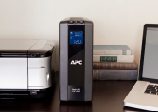
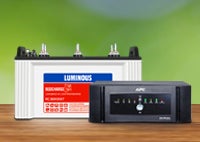






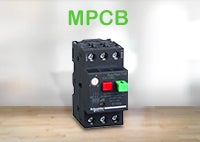
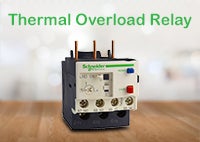
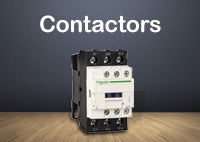
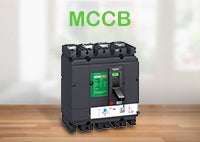
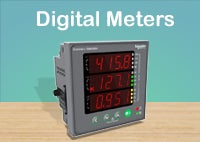
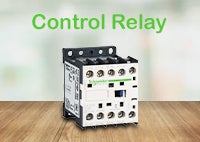






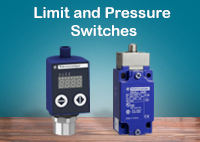
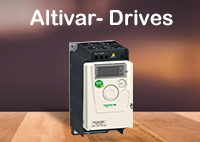

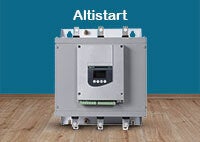

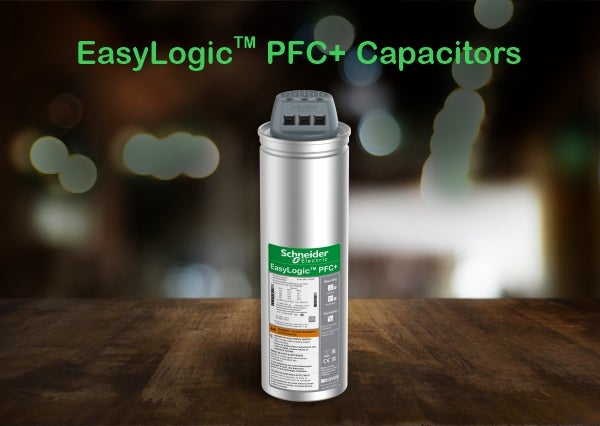
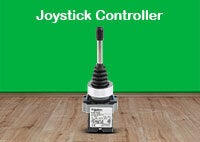
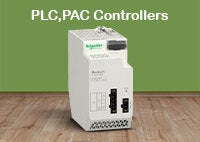
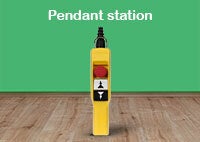




Comments